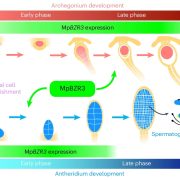
A novel BZR/BES transcription factor controls the development of haploid reproductive organs in Marchantia polymorpha
Plant Science Research WeeklyGametogenesis is essential for sexual reproduction. In bryophytes, lycophytes, and ferns, gametogenesis takes place in gametangia: antheridia for sperm production and archegonia for egg production. How these specialized reproductive organs develop at the molecular level remains unclear. Furuya et al.…
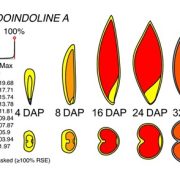
Transcriptional changes during barley grain development
Plant Science Research WeeklyBarley is a globally important cereal crop, so understanding barley grain development is of much interest. Here, Kovacik et al. investigated transcriptional changes in barley grains at five points across development, 4, 8, 16, 24 and 32 days after pollination. For each time point, grains were manually…
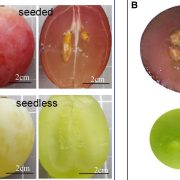
Antibody array-based proteome approach reveals proteins involved in grape seed development
Plant Science Research WeeklyGrape (Vitis vinifera) is a globally cultivated fruit for fresh or processed consumption, and seedless grapes are highly preferred for consumer convenience. In seedless grapes, fertilization occurs but the embryo subsequently aborts, although the molecular basis for this abortion is not understood. Zhang…
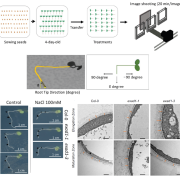
Gravitropism with a pinch of salt: Changes in cell wall composition modulate root growth direction in saline conditions
Plant Science Research WeeklySoil salinization causes massive yield losses in agriculture, and its impact on plants goes beyond what our eyes can see. Roots are immediately affected by the direct exposure to a salt-(NaCl) rich substrate. Here, Zou et al. investigate the salt-induced altered root gravitropic responses in Arabidopsis…
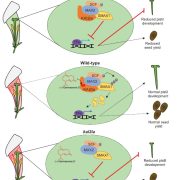
Volatile communication in plants relies on a KAI2-mediated signaling pathway
Plant Science Research WeeklyWhile it is recognized that plant communication, both within and between plants, can be achieved through emission and perception of volatile organic compounds (VOCs), it is unclear exactly how these signals are perceived and transmitted. Stirling et al. tease apart the components of within-plant VOC…
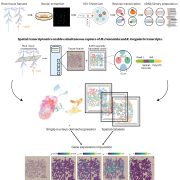
Spatial co-transcriptomics reveals discrete stages of the arbuscular mycorrhizal symbiosis
Plant Science Research WeeklyIn recent years, single-cell RNA sequencing (scRNA-seq) and single-nuclei RNA sequencing (snRNA-seq) techniques have revolutionized plant biology by enabling the identification of novel cell types, modeling developmental trajectories, and analyzing transcriptional activity at the cellular level. However,…
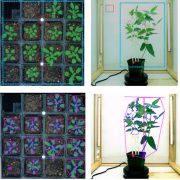
Development of a low-cost plant phenotyping facility
Plant Science Research WeeklyNew technologies, like personal computers or smart phones, often have limited adoption due to their high cost or requirement for advanced technological skills. Greater affordability and ease of use leads to greater adoption. Here, Yu, Sussman et al. describe the development of an affordable, portable…

Plant Science Research Weekly: May 17, 2024
WWR Full PostReview. Revisiting plant electric signaling: Challenging an old phenomenon with new discoveries
In the electrifying world of plant signaling, a paradigm shift is underway as researchers dig into the intricate mechanisms of action potentials (APs) and slow wave potentials (SWPs). Departing from conventional…
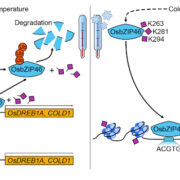
OsHDA716-OsbZIP46 regulates cold responses
The Plant Cell: In a NutshellSun et al. demonstrate that histone deacetylase OsHDA716 represses rice chilling tolerance not only by functioning as an epigenetic regulator but also by deacetylating OsbZIP46 to reduce its transactivation function and protein stability.
https://doi.org/10.1093/plcell/koae010
By Sun Ying and…

